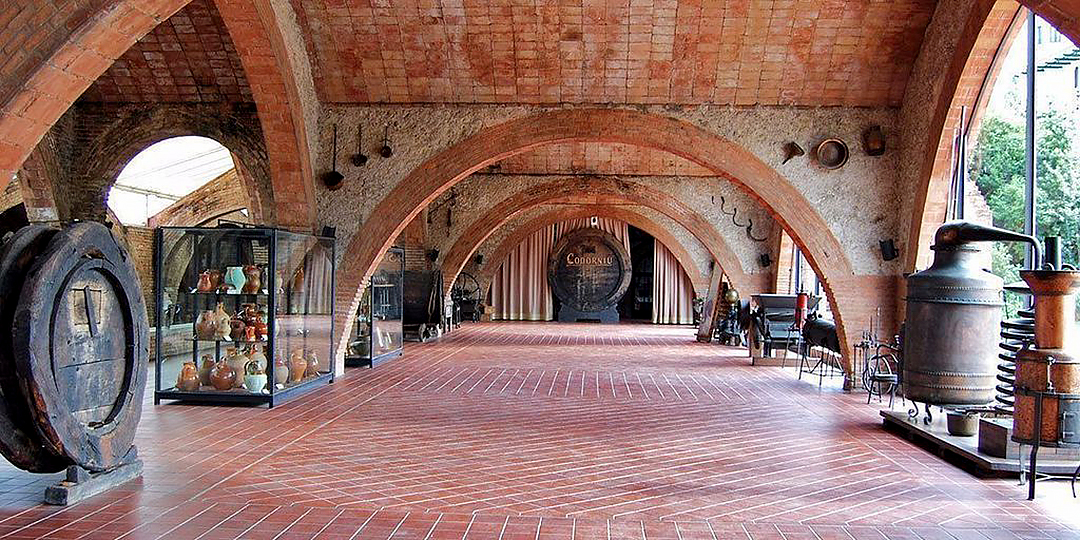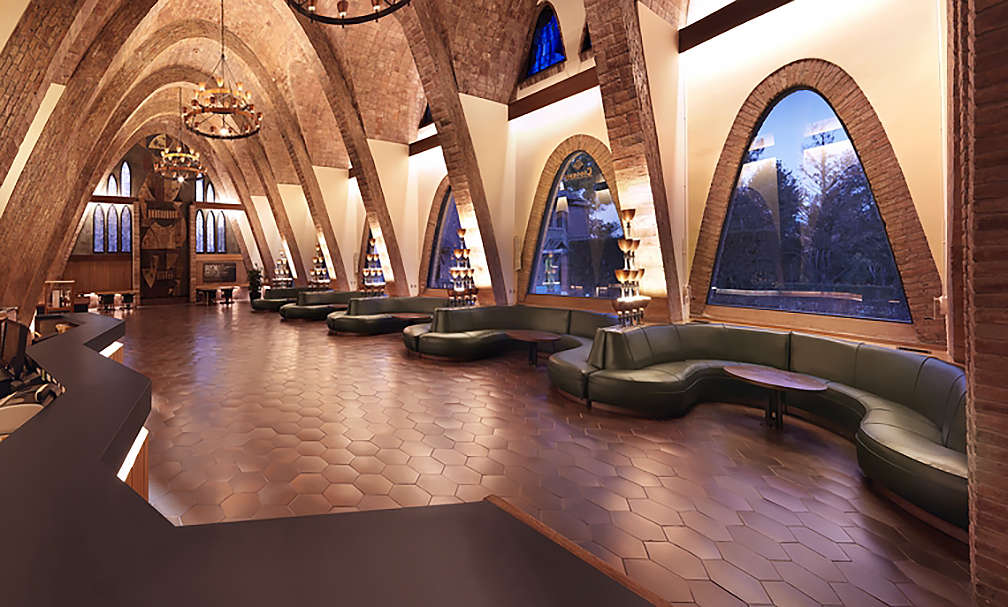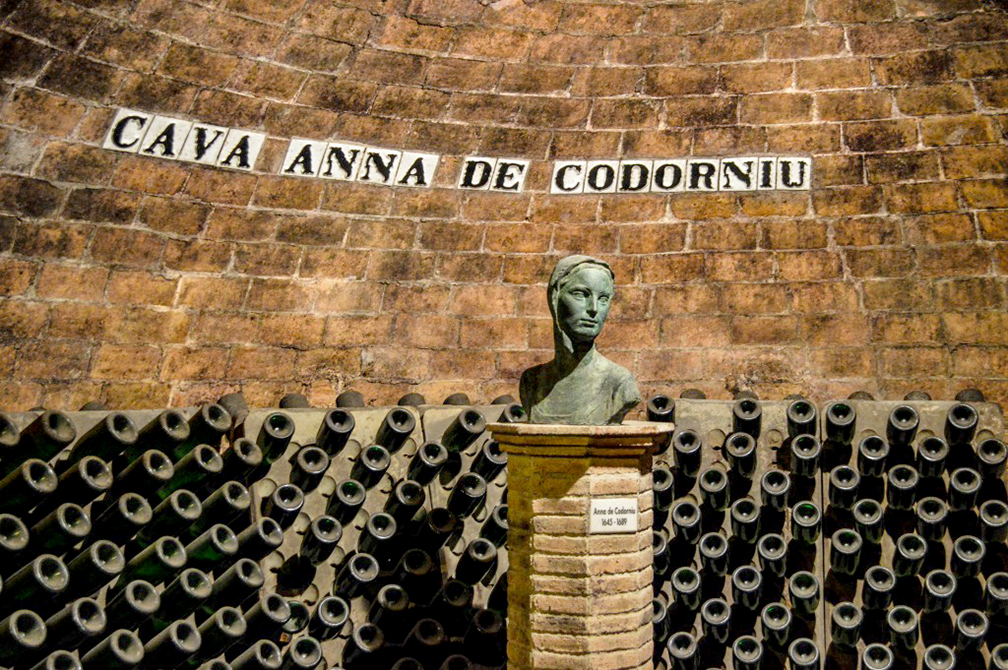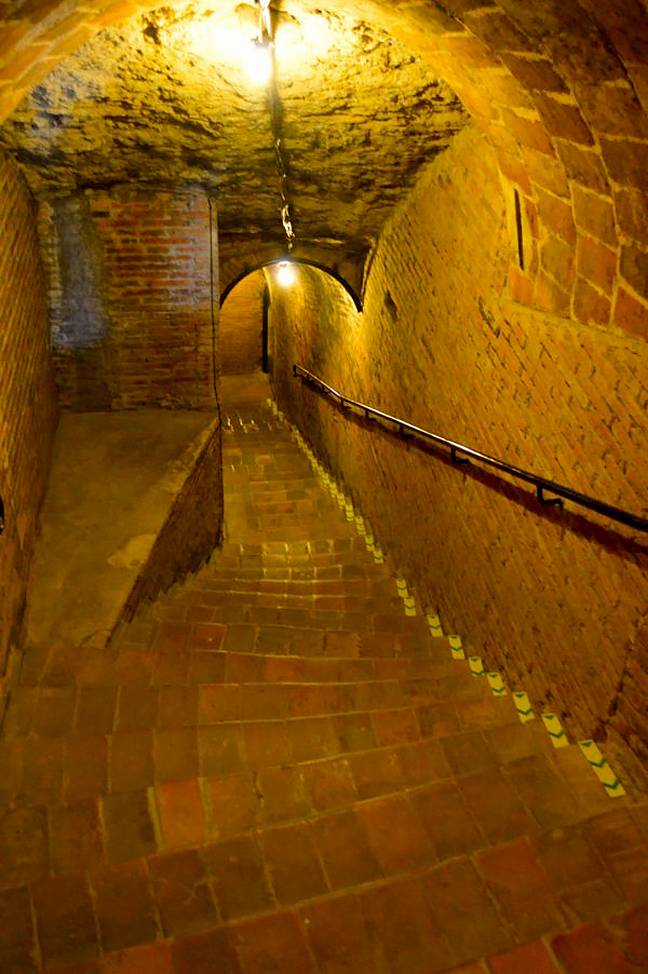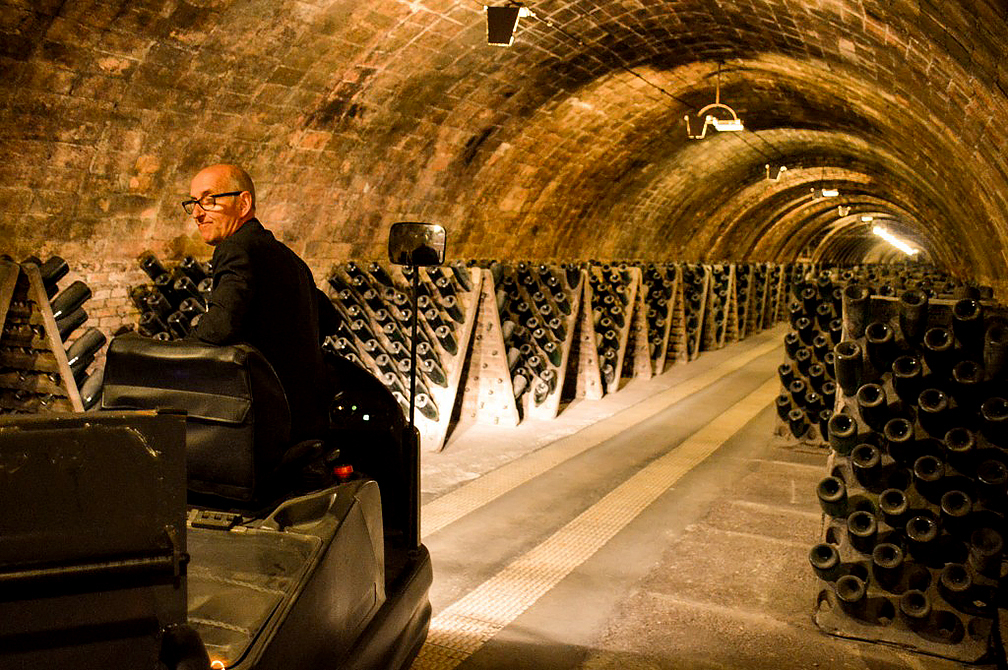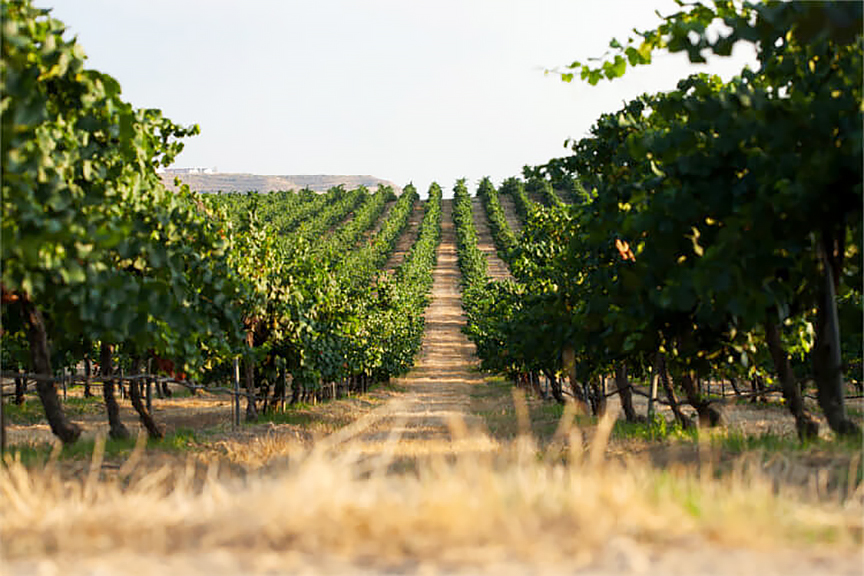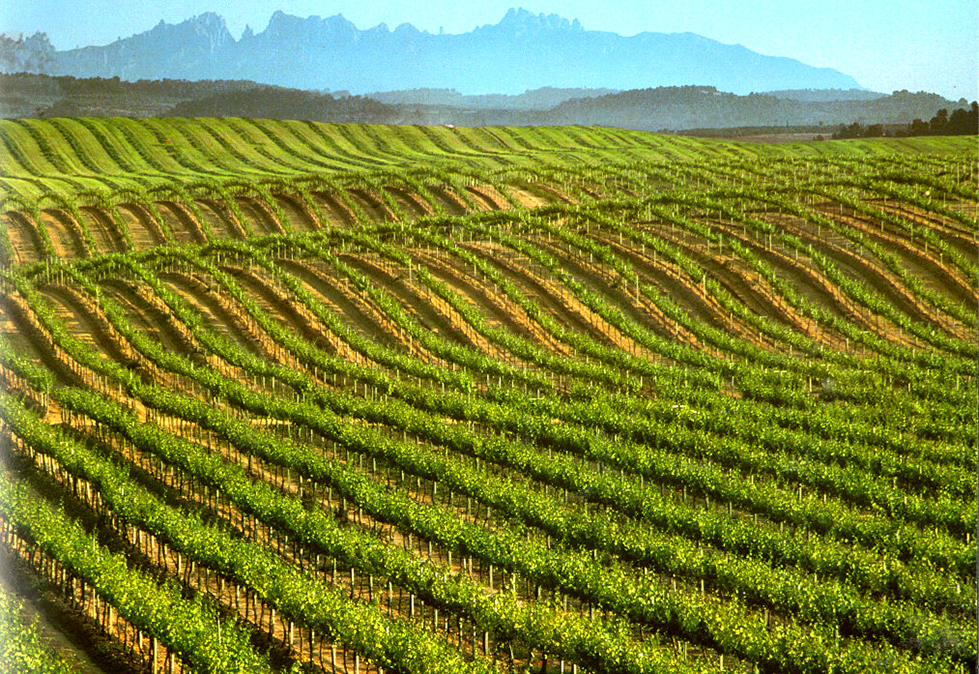Deep copper color; cherry, strawberry, bread yeast on the nose; cherry, strawberry, raspberry, green apple, citrus on the palate.
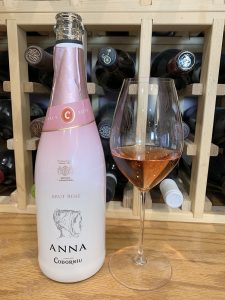
Brut; light, elegant, fruity phenolic sweetness balanced by acidity. Clean, refreshing; light; elegant. Deep, lovely color makes this ideal pour for a romantic dinner. Also for toasting at an event. Acidity and hints of fruit sweetness allows this to pair with wide range of foods for your soulful soiree or celebratory event. Very fine bubbles.
This is the fourth time for me to review this wine. As you expect in a quality NV (non-vintage) wine—my notes from previous iterations time track closely to this effort. This may have a darker, richer color, but the difference is slight. In NV sparkling, the wine is a blend of vintages with the goal of hitting an exact house style. This certainly accomplishes that mission; 12% ABV.
Made with 70% pinot noir, 30% chardonnay from vineyards in northeastern-most tip of Spain. Made using the traditional Champagne method (método tradicion) using traditional Champagne grape varieties. Pinot noir and chardonnay are not traditional cava grapes. Macabeu, parellada, and xarel-lo grapes predominate in most cavas.
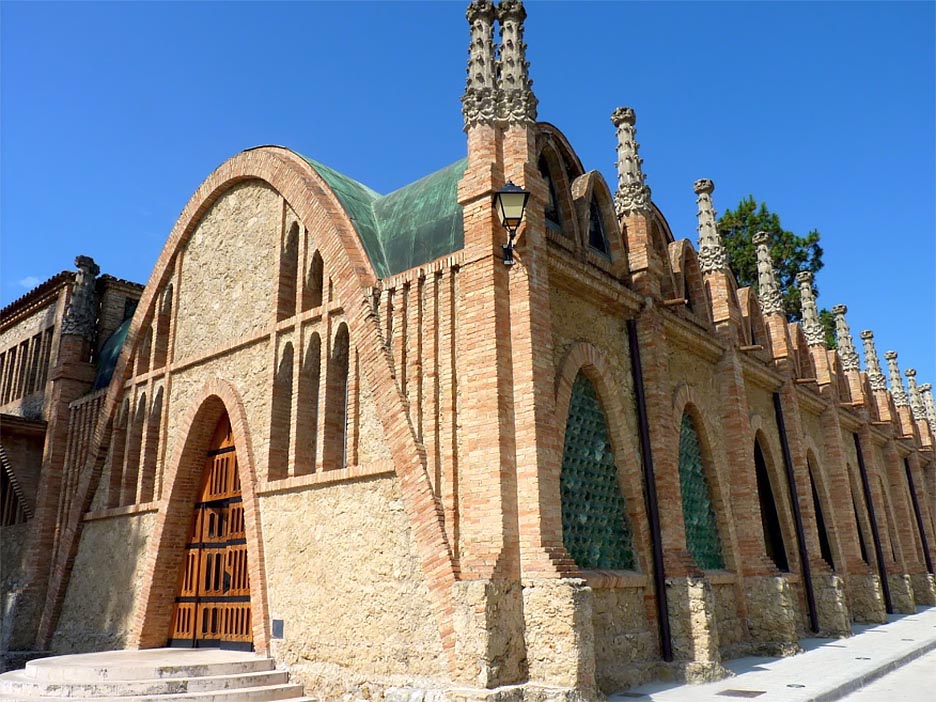
Cava is the Catalan word for cave or cellar because caves and cellars were used (still are in many cases) to preserve and finish wines. Catalan winemakers officially adopted the “cava” term in 1970 to distinguish their product from Champagne. Founded in Barcelona, Spain in 1551, Codorníu the world’s oldest and second-largest producer of cava—more than 40 million bottles a year. They also produce some 18 million bottles of still wines at wineries in Spain, California, and Argentina.
Anna de Codorníu is the winery’s biggest brand. “Cordorníu’s most emblematic product both at home in Spain and around the world,” according to the winery. This brut rosé is sister of their white (blanc de blancs). The company’s quote references the overall Anna brand, but the blanc de blancs is the leading seller. The bottle label, at least for the American market, identifies as brut rosé, but you also may see it referenced as “brut rosado cava.”
While this is a flagship effort, it also is a simple cava. It features fresh red fruits and somewhat restrained acidity. Those qualities will please many, but its reasonable price is its major attraction. You can secure rosé Champagne that is more complex and layered with more cutting acidity and greater length and depth, but you will pay four times as much for the privilege of consumption. This is easy-going, creamy, fun wine.

Bruno Colomer has been Codorníu’s main enologist since 2008. He asserts on the website: “Our philosophy is to create a diversity of cavas, both young and with a prolonged aging, but all with a common denominator: maximum quality with a fresh and modern style, maintaining the main characteristics of each grape variety. This can be achieved thanks to our origins: farm and certified vineyards of three different terroirs, three zones within the Denomination of Cava and different grape varieties. Anna is a reflection of the perfect essence of all this experience and the Codorníu style. A cava with unique personality.”
Anna de Codorníu Brut Rosé NV is an enjoyable pleasure at pleasurable price. Superb color; delicate, tasty fruit; fun to sip. Will easily pair with a parade of foods, particularly lighter fair, but this pour’s métier is as an apéritif or for toasting at joyous occasions. Its lovely color makes it instantly appealing in the glass. Its behaved acidity and pleasant fruitiness means it can be enjoyed by a wide range of palates—from sophisticates to those who only imbibe at special events, and even then only to be sociable—although this might earn a refill even for them. $13-15
Codorníu website, includes sexy video
